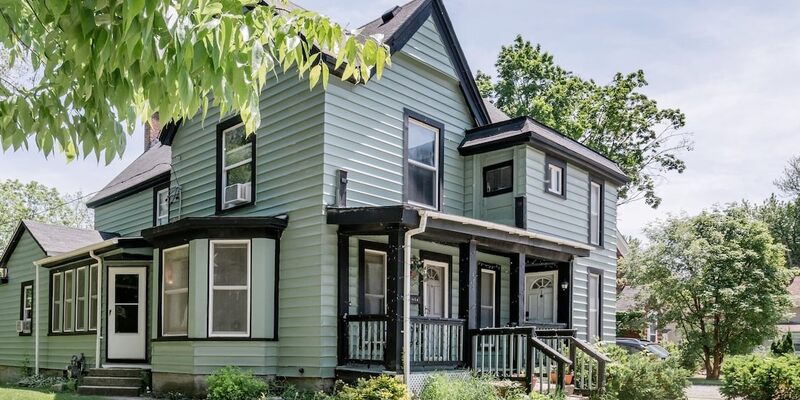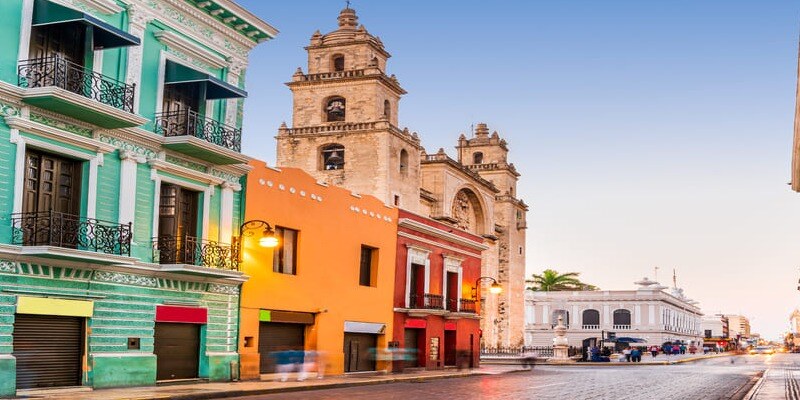Understanding Roof Replacement Costs in 2024: What You Need to Know
A roof is one of the most important parts of your home, protecting you from the elements and contributing to its overall structural integrity. Although roof replacement can be a significant investment, understanding the factors that influence the cost can help you plan your budget and make informed decisions.
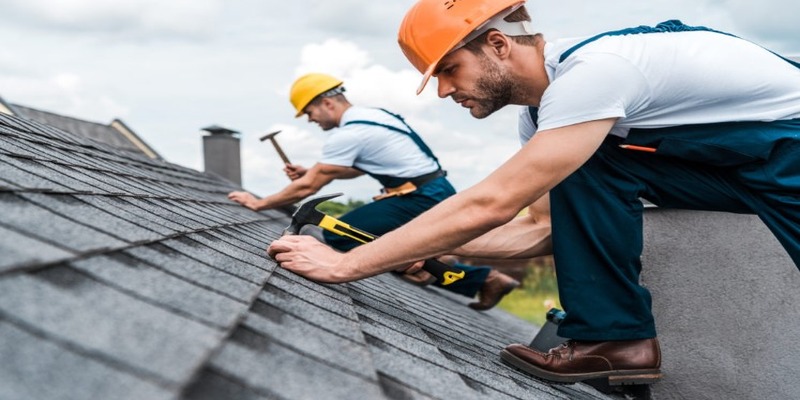
In this guide, well break down the various components of roof replacement costs, from the type of roofing materials you choose to the labor involved in installation. Whether youre replacing your roof due to age or unexpected damage, this article will provide you with a clear understanding of what to expect in 2024.
Factors That Affect Roof Replacement Cost
The cost of replacing a roof can vary widely depending on several factors, each of which plays a role in determining the final price. Here are the main elements that influence roof replacement costs.
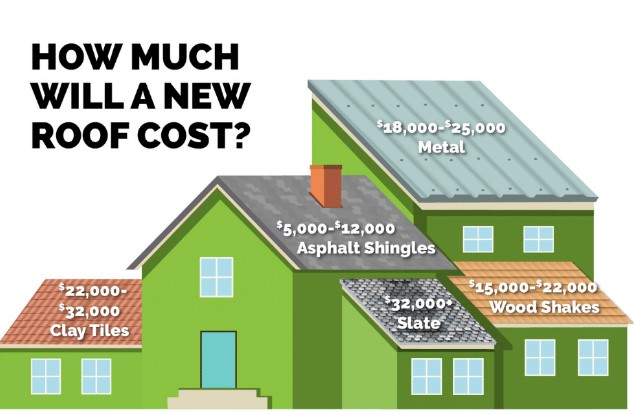
Roofing Materials
One of the biggest factors affecting the roof replacement cost is the type of roofing material you choose. Different materials have varying prices, durability, and lifespans, which can dramatically influence the overall expense of the project.
Asphalt Shingles
These are the most common and affordable roofing materials. In 2024, the cost of asphalt shingles generally ranges from $100 to $400 per square (a roofing square is 100 square feet). Asphalt shingles are popular due to their relatively low cost, easy installation, and decent lifespan of about 15 to 30 years.
Metal Roofing
Metal roofs are more durable and longer-lasting than asphalt shingles, with lifespans that can exceed 50 years. The cost of metal roofing typically ranges from $300 to $1,000 per square, depending on the type of metal (steel, aluminum, copper). Metal roofs are known for their energy efficiency and resistance to harsh weather, making them a smart investment despite the higher initial cost.
Tile Roofing
Tile roofing, often made from clay or concrete, is one of the more expensive options, costing between $600 and $1,800 per square. Tiles offer exceptional durability, sometimes lasting over 100 years, but they are also heavier, which means they require a sturdier structural support system.
Wood Shingles or Shakes
Wood shingles and shakes provide a rustic, natural look but are more expensive, ranging from $400 to $700 per square foot. They require more maintenance and have a lifespan of 20 to 40 years, depending on the climate.
Slate Roofing
Slate is one of the most expensive roofing materials, often costing between $1,000 and $3,000 per square. However, slate roofs can last over 100 years and offer unmatched durability and aesthetic appeal.
The choice of material is a significant part of your roof replacement cost, so its important to balance your budget with your preferences for durability, style, and maintenance.
Roof Size and Complexity
Another key factor that affects roof replacement costs is the size and complexity of your roof. Larger roofs require more materials and labor, which increases the overall cost. Roof size is measured in roofing squares, with one square equal to 100 square feet.
In addition to size, the complexity of your roof also matters. If your roof has multiple levels, valleys, dormers, or steep pitches, the cost of installation will be higher. These features make the roofing installation more challenging and time-consuming, which can increase labor costs.
Labor Costs
Labor is a significant part of the roof replacement cost, typically making up 40% to 60% of the total project price. The cost of labor varies depending on where you live, as roofing contractors in urban areas or regions with higher costs of living tend to charge more than those in rural areas.
Roofing contractors may also adjust their pricing based on the complexity of the job. For instance, if your roof requires extensive prep work, such as removing old roofing material or repairing damaged structures, this will add to the labor costs.
In 2024, the average cost of labor for roof replacement is between $150 and $300 per square foot, but this can fluctuate depending on the size and complexity of the project.
Removal of the Old Roof
Before a new roof can be installed, the old roofing material needs to be removed, and this step can add to your overall cost. The price for tearing off an old roof usually ranges from $1 to $5 per square foot, depending on the type of material and how many layers need to be removed. Some homes have multiple layers of old shingles, which can increase the cost of removal.
Additionally, if the underlying structure is damaged, such as rotten decking or weakened supports, these will need to be repaired or replaced before the new roof is installed, further increasing the projects cost.
Roofing Contractor Selection
The roofing contractor you hire also plays a role in your roof replacement cost. Different contractors have varying pricing models, depending on their level of experience, reputation, and the scope of the project. Its crucial to get multiple quotes from reputable roofing contractors and compare their prices, services, and reviews before making a decision.
Keep in mind that choosing the lowest bid isnt always the best option. A higher-priced contractor may offer better-quality materials, more experience, and a stronger warranty, which could save you money in the long run by avoiding future repairs or premature roof replacement.
Permits and Inspection Fees
Many cities and towns require permits for roof replacements, which can increase the overall cost. The cost of a permit varies by location but typically ranges from $100 to $500. Additionally, some areas may require an inspection after the roof installation is complete to ensure that it meets building codes, which could add extra fees to your budget.
Your roofing contractor should handle obtaining permits and arranging inspections. Still, it's important to ask about these fees upfront so you're not caught off guard by additional costs.
Other Considerations in Roof Replacement Cost
While the factors above cover the primary expenses of roof replacement, there are other considerations that might affect your total cost.
For example, if youre looking to improve your homes energy efficiency, you might want to invest in additional insulation or energy-efficient roofing materials, which can raise the initial cost but save you money on energy bills in the long term.
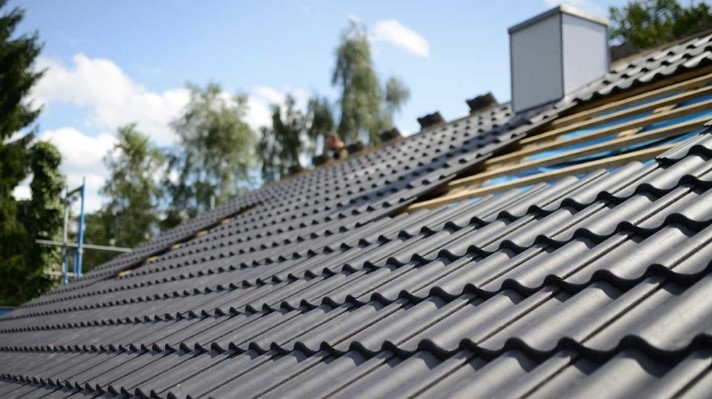
Conclusion
Replacing your roof is a significant investment, but it protects your home and adds value for years to come. By understanding the factors that affect roof replacement costssuch as roofing materials, labor, roof size, and contractor selectionyou can budget more accurately and make informed choices about your project.







